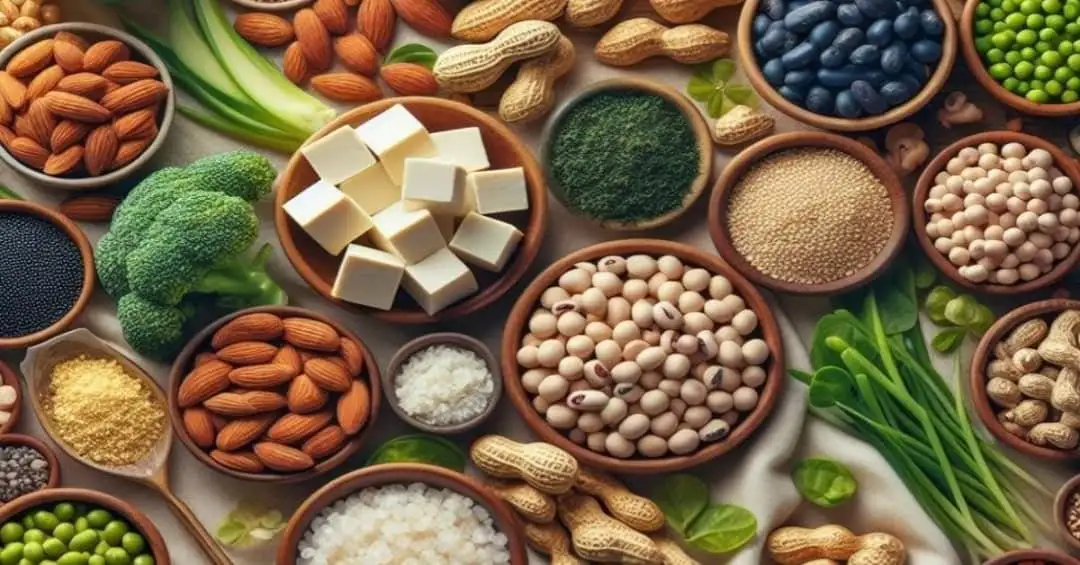
Table of Contents
There is a standard criteria set for any vegetable or food to be considered high in protein. It isn’t something to be decided based on arbitrary assumptions. For any food or vegetable to be considered high in protein, it has to contain as much as 20% of the daily value for protein per serving as discussed in a previous article on corn protein you may want to read.
There are other criteria for further classifying foods as good or low protein sources. Any food having over 10% but less than 20% of daily value for protein per serving is a good source whereas those with less than 10% are tagged as low sources of dietary protein.
It is recommended that 10 – 35% of daily calorie requirement should come from protein as covered in another article titled “The recommended daily intake of protein” you may want to read. For any individual requiring a standard 2,000 calories daily, 10% of that calorie requirement is 200 calories. In other words, the person should derive at least 200 calories from dietary protein daily.
1 gram of protein provides about 4 calories of energy. On that note, 200 calories will be provided by 50g of protein( 200cl÷4cl)g. Therefore, an individual on a 2,000-calorie daily requirement will need a minimum of 50g of protein each day.
A high protein source should provide not less than 20% of the daily requirement of 50g of protein per serving which is 10g. Using this criterion, we found 6 vegetables, by simple search, whose protein content qualifies them as high-protein veggies.
- Tempeh: 19g
- Soybeans: 36g
- Split peas: 25g
- Edamame: 11g
- Chickpeas: 19g
- Oats: 26g
- Chia seeds: 17g
- Natto: 18g
- Miso: 12g
There is a type of fungus, Fusarium Venenatum, with a good protein content that has been in use as food since 1985. This food-grade protein is called Mycoprotein and it contains up to 9.4g per serving which falls slightly short of being called a high protein source but has been part of a good source of protein for a couple of decades.
Note that a number of the listed vegetable sources are soybeans and its products. This underscores the importance of soybeans in a vegetarian lifestyle.
What vegetables have the most protein?
Vegetables with the most proteins are typically those with high protein content as described above such as Soybeans, Tempeh, oats, split beans, edamame, chickpeas, etc. These are followed closely by vegetables that may not be so rich in protein to be categorized as high in protein but are still very good sources.
The above-mentioned vegetable sources are those that meet the criterion to be called high protein sources. Good sources of protein include:
- Lentils: 9g
- Quinoa: 8.14g
- Green peas: 5g
- Almonds: 6g
- Lima beans: 8g
- Tofu: 8g
- Fava beans: 8g
- Soybean Sprouts: 9g
- Black beans: 8g
- Pinto beans: 8g
You’ll notice these have between 5g to 10g of protein per serving which is the criterion for categorization as a good protein source. Sources of protein whose protein content per serving is below 5g are tagged as low in protein.
Generally, vegetables that have the most protein should ideally be either high In protein or fall among good sources of protein.
What is a good source of protein for vegetarians?
No matter which vegetables you prefer in your diet, animal proteins in your diet provide your body with good and reliable amounts of complete proteins. However, vegetarians are people who for health, religious, environmental, or animal rights reasons decide to abstain from animal protein sources. This is apart from a perceived need for the reduction of animal protein consumption in developed or developing countries. (source)1
Nonetheless, some vegetarians only abstain from sources that involve the killing of animals so they take dairy milk and eggs.
According to research, some vegetables are high in starch while others are high in protein. Our focus here is on those with high or good protein content.
That wants chooses to become a vegetarian does not lower his or her body’s daily demand for protein. Meeting this demand calls for sources that not only have a reasonable protein content but must include those containing the essential amino acids. Below are two criteria that make a protein source optimal and perfect for a vegetarian.
By protein content.
Kindly keep in touch by signing up for our newsletter:
Technically, by way of definition, a good source of protein should contain between 5g to 10g of it per serving. We can assume any vegetable source of protein with over 5g per serving is a good source of the macronutrient for a vegetarian.
In this class are all the previously listed sources in this article. Sadly, most leafy greens, fruits, and corn that are touted to contain protein are not particularly good sources for vegetarians who must meet quite a significant daily protein intake as much as people who consume animal proteins.
By amino acid content.
There are certain types of amino acids the body can’t synthesize which we must get from dietary sources. These are called the essential ones and they are 9 in number as listed in a previous article under the subheading: Sources of complete proteins for vegetarians.
The presence of these essential amino acids is what makes for complete protein. Most plant sources lack completeness for which reason vegetarians must eat a wide variety of plants to derive the essential amino acids.
The eating of protein-rich vegetables in different combinations has been found to be essential for the maintenance of a healthy life and normal body function. This is in addition to the enhancement of bowel function in young men, according to research published in the British Journal of Nutrition (BJN).2
A good source of protein for vegetarians must not only have a reasonably high protein content but be complete. This is where soybeans and its products come in like tofu, edamame, soymilk, miso, natto, and tempeh. There are other sources of complete proteins mentioned in another article you may want to see.

Highest protein vegetables per 100g.
You’ll expect the highest protein vegetables per 100g to be those with protein content above 5g per serving. Most of these have already been mentioned in previous sections of this article. At times a serving of these vegetables is around 100g of the vegetable too.
The amount of protein content per serving of any vegetable may vary from source to source often due to the quantity considered to be a serving. For instance, a serving of pinto beans as given here contains approximately 8g of protein. However, some sources put this figure at 15g.
In our consideration of a serving we have used half a cup of pinto beans but sources that put the figure at 15g use one full cup serving of the beans.
The use of a standard measure or quantity of vegetables like 100g helps put everything in a better perspective. It gives a clearer comparative picture rather than serving sizes which can vary. In the next section is a chart showing the protein content of some of the highest vegetables per 100g.
Protein in vegetables chart.
What makes the practice of a vegetarian lifestyle or veganism nutritionally healthy is that one can get as much protein from plants as animals. There are even plants with a higher protein content than some animal sources. This makes it possible for vegans and vegetarians to get as much daily protein as people who eat animal sources.
You may want to read how vegetarians can easily get 100g of protein or more in a day purely from plant sources. This is owing to the fact some plant protein sources offer a significant part of the daily value for protein.
Below is a chart of the protein contained in 100g of selected vegetables. It also shows the percentage of the daily value for protein offered by each vegetable type.
| Vegetable type | Protein content per 100g | Percentage of daily value |
|---|---|---|
| Tempeh | 19g | 38% |
| Soybeans | 36g | 72% |
| Split beans | 25g | 50% |
| Chickpeas | 19g | 39% |
| Oats | 13.15g | 26% |
| Chia seeds | 17g | 34% |
| Lentils | 9g | 18% |
| Quinoa | 14g | 28% |
| Green peas | 5g | 10% |
| Almonds | 21g | 42% |
| Lima beans | 8g | 16% |
| Flava beans | 8g | 16% |
| Black beans | 9g | 18% |
| Pinto beans | 21g | 42% |
| Peanuts | 26g | 52% |
| Sweet corn | 3,2g | 6% |
| Spinach | 2.9g | 5.8% |
From the table, you’ll notice spinach is not particularly high in protein. It has about the poorest protein content on the table and the same applies to most other leafy vegetables which is the reason they were excluded from the table.
Note that apart from tempeh, most other soybean products were not included to make room for other exclusive plant sources of proteins. The data on those can be provided on request. Soybeans typically contain more protein than their products; the closest to it in terms of protein content are natto and tempeh. They provide about 38% of the daily value for protein each.
That’s all we have on this topic and I hope it was insightful. Kindly share if you found it useful. You may use the comment section to ask any questions but stay on topic. See you on the next topic.
References.
- Lefranc-Millot, C., & Teichman-Dubois, V. Protein from Vegetable Sources: A Focus on Pea Protein. 197-216. https://doi.org/10.1002/9781119385332.ch10 ↩︎
- Dokkum WV, Wesstra A, Luyken R, Hermus RJJ. The effects of a high-animal- and a high-vegetable-protein diet on mineral balance and bowel function of young men. British Journal of Nutrition. 1986;56(2):341-348. doi:10.1079/BJN19860115 ↩︎






















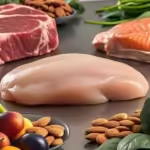


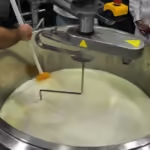


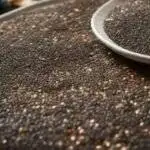

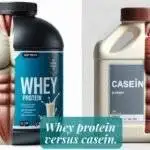


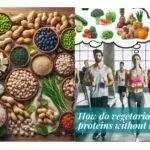


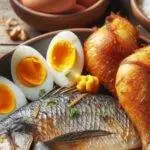





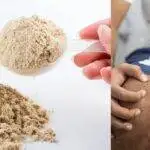
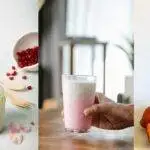

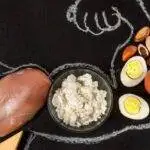


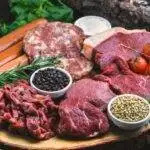








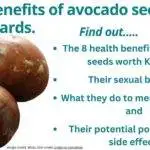


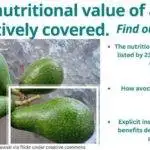

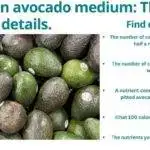
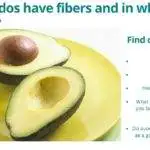
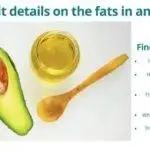

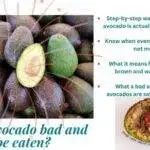

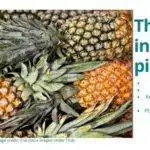

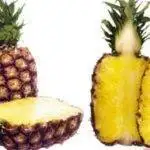

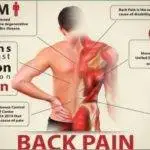
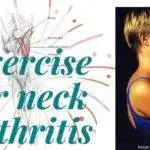

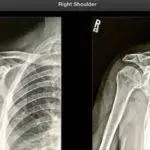



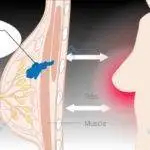
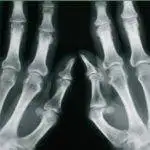
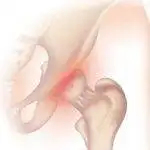



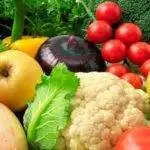




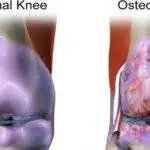
















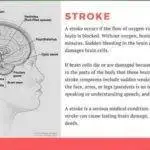





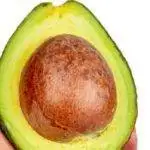
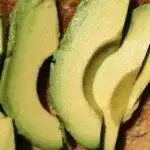
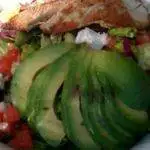
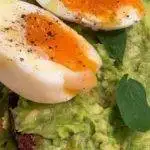
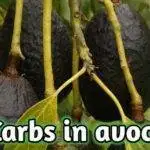







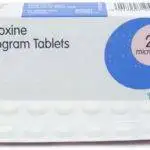


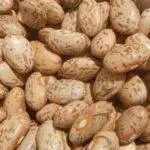
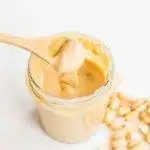
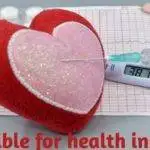







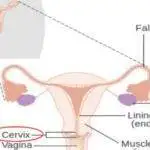


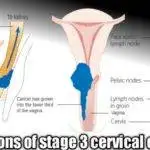

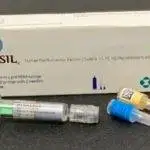





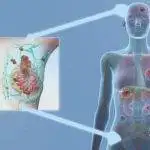


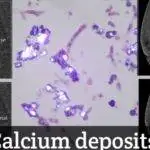
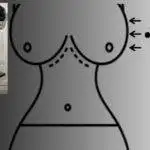

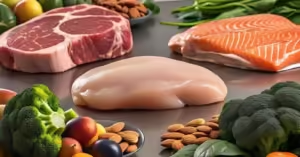



Would love to continually get updates from this great web site! .
Simply wish to say your article is astounding. The clarity in your publication is simply nice and i can see you are a professional on this subject. Thanks a million and please continue the enjoyable work.